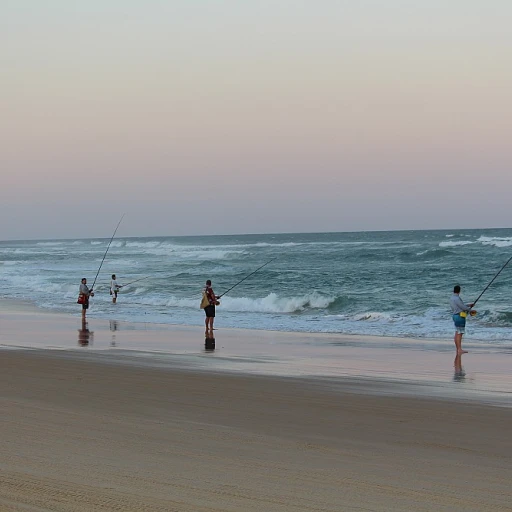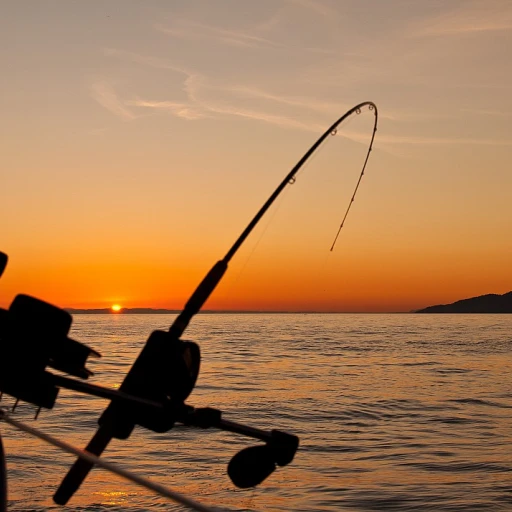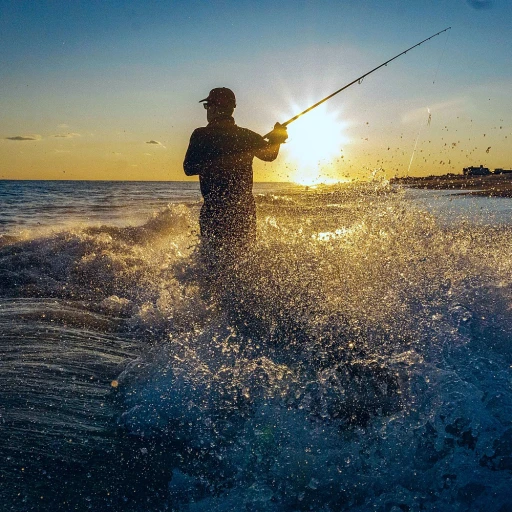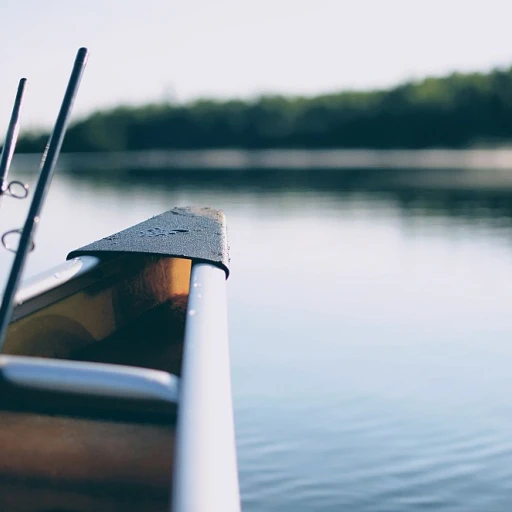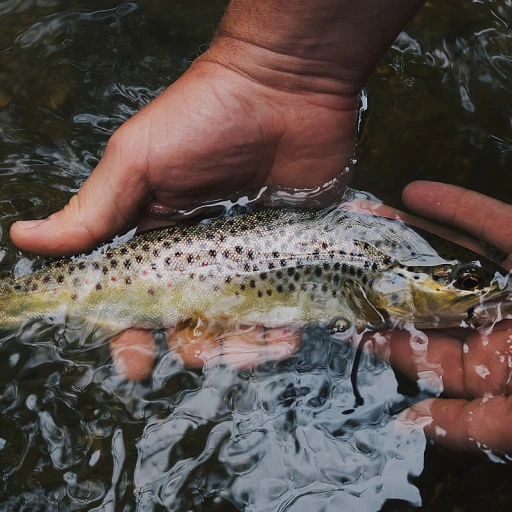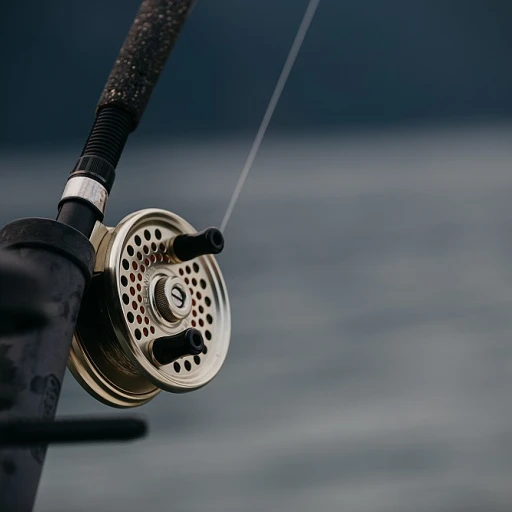
Understanding the largemouth bass habitat
Exploring the Natural Habitat of Largemouth Bass
Understanding where largemouth bass thrive is crucial for increasing your chances of a successful catch. These fish are typically found in freshwater environments such as lakes, ponds, rivers, and reservoirs. While their preference for still or slow-moving waters is well-known, they are highly adaptable and can be found in a variety of conditions across North America.
Bass fishing enthusiasts often target areas with abundant cover, as largemouth bass are ambush predators. Submerged structures like fallen trees, aquatic vegetation, underwater ledges, and rock piles create ideal environments for these fish. Such areas offer shelter and a strategic point for them to ambush prey. Additionally, knowing when and where to fish can greatly affect your success.
Leveraging local knowledge and resources, including using the right equipment, will also help you understand the best spots for largemouth smallmouth bass. Reddit threads and local fishing forums, for example, are great resources for gathering insights and experiences shared by other anglers who have firsthand experience with specific locations.
Finally, water clarity and temperature are important factors to consider when choosing your fishing spot. Clear water often requires more subtle and natural-looking lures, such as a green pumpkin plastic worm or a drop shot rig, to lure the largemouth bass into striking. Paying attention to these variables and adjusting your strategies accordingly can make a significant difference in how many big bass you bring home at the end of the day.
Choosing the right rod and reel
Finding the Perfect Fishing Combo
When it comes to bass fishing, particularly targeting the elusive largemouth bass, selecting the right rod and reel is crucial for success. The type of rod and reel you choose will directly affect your ability to successfully catch these often challenging fish. Here’s what to consider when building or choosing the ideal combo for largemouth bass.
Firstly, think about the fishing environment. If you're fishing in clear water or dealing with big bass in bushy areas, a medium heavy rod is often recommended as it provides the strength needed to pull a bass out. Paired with a spinning reel, this setup offers the versatility that can't be beaten for smallmouth bass and largemouth.
- A spinning rod with fast action gives you the sensitivity to feel a light bite, especially when using soft plastics like a plastic worm or green pumpkin baits.
- Consider the power of the rod too. A medium power rod is often the best choice for bass fishing as it provides the necessary backbone to set the hook properly and manage any unexpected big bass encounters.
- The type of reel will also influence your catch bass potential. A spinning reel is often preferred by many bass anglers as they can handle a wide variety of lures and techniques.
It's also important to choose a reel with a smooth drag system to help you secure fish that try to make a run once hooked. Speaking of hooks, having a good rod reel combo also assists in ensuring the bait is presented correctly, which is indispensable in getting bass to commit to your lure.
For those who need more detailed insights or wish to explore tailored solutions, check out this comprehensive guide on some excellent setups and accessories available for passionate bass anglers.
Selecting effective lures and baits
Nailing Down the Perfect Lures and Baits
When it comes to catching largemouth bass, the choice of lures and baits could be the key element distinguishing a successful fishing trip from a day of missed opportunities. With so many options available, let's delve into selecting the best gear that can help you achieve a productive fishing experience. For many seasoned anglers, plastic worms remain one of the top choices. Their versatility and cost-effectiveness make them indispensable in any fishing tackle box. Opt for colors that mimic the natural prey in the habitat like the evergreen favorite, green pumpkin. This color excels in various water clarities, especially clear water settings, and is known to entice even the most elusive big bass. Beyond worms, consider integrating drop shot techniques with other effective soft baits. The subtle motion of the drop shot can work wonders in their natural habitats, triggering more aggressive strikes. To catch bass consistently, though, nothing may replace live bait. The authentic movement and scent are particularly captivating for both largemouth and smallmouth bass. Certain experts stack their odds by using baitfish like minnows, which can be particularly irresistible to larger specimens, ensuring an exciting fight once hooked. As a part of your bass fishing toolkit, don't underestimate the worth of topwater lures. When employed at the right season, these lures provoke spectacular surface strikes as bass smash through the water. These adrenaline-pumping moments are memorable experiences every angler cherishes. To further round out your collection, crankbaits and spinnerbaits can duplicate the erratic movements of injured prey, an action that is nearly irresistible to a hungry bass. The best practice is to use these with a medium heavy rod reel combination that provides enough power for both lure presentation and successful hook sets.Essential tackle and accessories
Must-Have Fishing Gear and Accessories
Equip yourself with the right fishing tackle and essentials, and you’ll be better prepared for a successful day on the water targeting largemouth bass. Here's what you need to get started:- Hooks: When selecting hooks, going with a size and style suited to your bait choice is key. For example, when using plastic worms like the green pumpkin variety, an offset shank worm hook is a good choice for bass fishing.
- Fishing Line: Opt for a medium-heavy monofilament or braided line for better control. Monofilament offers flexibility, while braided line provides extra strength for hooking the big bass.
- Sinkers and Weights: Sinkers and weights are essential for various fishing techniques, such as the drop shot rig where keeping your lure at the right depth is crucial in clear water.
- Bass Lures and Baits: Stock your tackle box with a variety of lures and baits. Jigs, crankbaits, and spinnerbaits are versatile options for nearly any scenario. Incorporating live bait, such as shad or crawfish, can also entice largemouth bass effectively.
- Terminal Tackle: Swivels, snaps, and split rings are small components but play a big role in changing lures quickly and ensuring a natural bait presentation.
- Tackle Box or Bag: Invest in a durable tackle box or bag to organize and protect your gear. This will help you keep your equipment ready and accessible when you need it.
Seasonal strategies for largemouth bass
Seasonal Approaches for Optimal Bass Fishing
When it comes to catching largemouth bass, understanding their behavior throughout the different seasons is key to enhancing your success on the water. The bass's activity levels and feeding patterns often change with the seasons, affecting how you should adjust your strategy. In spring, as water temperatures rise, bass will move to shallower waters for spawning. This is the perfect time to use lures that mimic prey, such as plastic worms or crankbaits. A green pumpkin plastic worm can be particularly effective. During this period, using a spinning rod and reel setup that suits medium heavy tasks will help you handle the tenacity of a big bass. The summer heat drives bass into deeper waters in search of cooler areas. Here, a drop shot technique paired with the best bass lures can effectively target bass that linger along deep structure or ledges. A quality spinning reel will offer the sensitivity needed to detect subtle bites during these conditions. As fall approaches, cooler temperatures cause bass to actively feed in preparation for winter. This season often proves to be excellent for bass fishing, allowing anglers to use diverse lures and baits. Topwater baits and jerkbaits can create good opportunities to catch bass as they chase baitfish along banks. Winter often presents a challenging time for bass fishing, with bass becoming lethargic in cold water. However, using smaller finesse baits and a slow presentation can sometimes coax a bite. A spinning rod light enough for small baits and a sensitive line will be your greatest allies. Remember that while strategies may vary with the season, maintaining your fishing gear and adapting your approach based on local bass behavior will keep you a step ahead in the quest for largemouth bass. Adjusting your techniques and staying tuned to the seasonal shifts will pay dividends in your bass fishing pursuits.Tips for maintaining your fishing gear
Keeping Your Gear in Top Condition
Maintaining your fishing gear is crucial for ensuring peak performance during your bass fishing adventures. When setting your sights on catching bass, whether largemouth or smallmouth, keeping your equipment in top shape can make a significant difference in your success rate.- Inspect Your Rod and Reel: Regularly check your rod and reel for any wear and tear. This includes making sure your spinning rod and reel operate smoothly, which is especially important when targeting big bass and maintaining precision with your casting. Clean and lubricate the bearings to prevent any issues during your fishing trips.
- Examine Your Hooks and Tackle: Effective tackle and accessories are essential when it comes to bass fishing, so always ensure your hooks are sharp and corrosion-free. Dull hooks can lead to missed opportunities when you are ready to set the hook. Additionally, inspect your tackle for signs of rust or damage which could fail you at the crucial moment.
- Clean and Store Your Lures and Baits: After a day on the water, it's important to properly clean and dry your lures and baits, including favorite bass lures like plastic worms and drop shots. This prevents rust and maintains the effectiveness of your lures, ensuring they remain irresistible to both largemouth and smallmouth bass.
- Seasonal Gear Adjustments: Each season might require different strategies and gear adjustments, whether you’re using live bait or green pumpkin lures. Seasonal strategies can also affect the maintenance practices for different baits and lures, helping to maximize their potential in attracting bass.

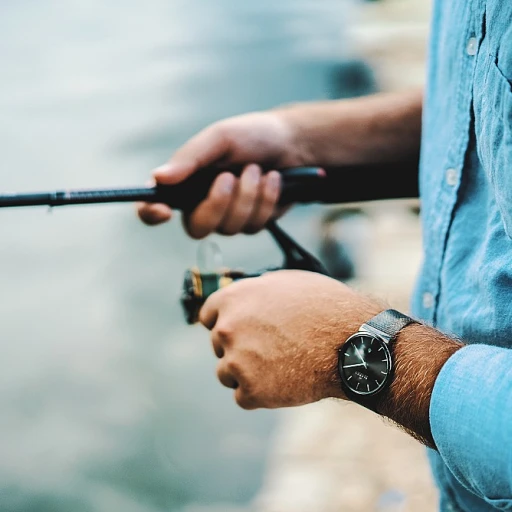
-large-teaser.webp)
